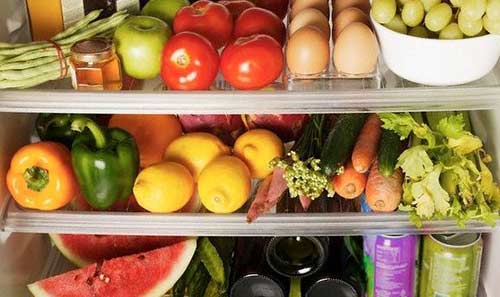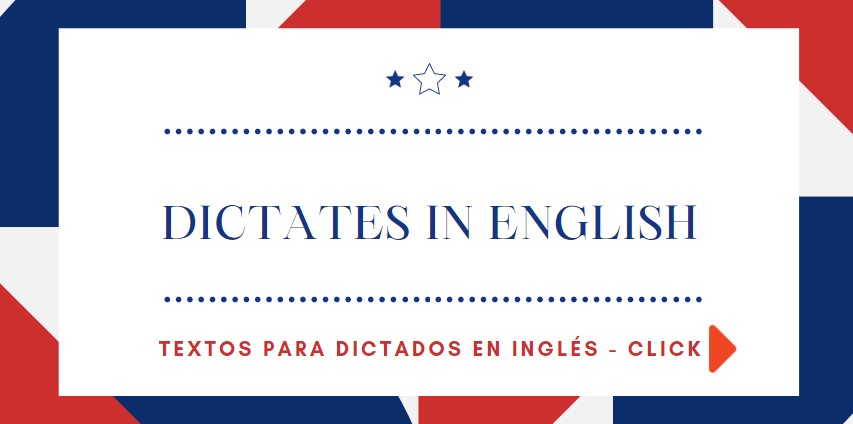
¿Cómo se expresa la cantidad en inglés?
Te contamos cuáles son las palabras para hacerlo y cuándo utilizarlas:
Many, much, a lot, few, little, several, some, etc.
♦ Muchos
A lot of
Lots of
Many (contables)
Much (incontables)
Sobre many y much, un contable es algo que se puede contar, y un incontable es algo que no se puede contar. Por ejemplo, el agua es incontable, mientras que la pera es contable. (No puedo contar el número de agua, pero puedo contar el número de peras). Así que diríamos que much water y many pears.
♦ Demasiado
Too much (incontables)
Too many (contables)
♦ Varios
Several
♦ Algunos, unos pocos
Some
A few
A little
Sobre few y little: añade una A antes de few y little: a few, a little, da una connotación positiva. No hay que confundir con few y little, que tienen una connotación más bien negativa.
♦ Pequeño - poco
few
little
not much
not many
♦ Ninguno
No - There is no watter.
None of - None of these cups is mine.
♦ Proporción
Porcentaje: five percent, o 5%
Half - half the neighborhood knows about this.
♦ Más de uno
Many + a: Many a boy would be happy to own a pool.
Preguntar y expresar cantidades indefinidas
- En singular: Is there any ...? - ¿Hay algo de ...?
- En plural: Are there any ...? - ¿Hay algún ...?
- Have you got any ...? - ¿Tienes algo de ...? / ¿Tienes algún ...?
Lee atentamente el siguiente texto:
Anna: Hello, Alex.
Alex: Hi, Anna! You're late today. How are things at work?
Anna: They're O.K., but I'm very tired and hungry.
Alex: I'm afraid we haven't got much food. The fridge is almost empty.
Anna: You're right. There's only some milk, butter and cheese. Have we got any meat?
Alex: No, we haven't got any, but there are some vegetables.
Vocabulario del texto:
- You're late: llegas tarde
- I'm afraid: me temo que
- almost: casi
- empty: vacío
🔆 También te puede interesar:
- Adjectives - Los Adjetivos en Inglés
- Uso de some / any acompañando nombres contables/incontables
- Modal verbs - Verbos modales en inglés
- El tiempo futuro en inglés
- Present Perfect Progressive - Presente perfecto progresivo
- Present perfect - El presente perfecto inglés
- Pretérito progresivo o continuo en inglés
- Simple past - El pretérito o pasado simple en inglés
- Presente continuo - Forma Afirmativa - English grammar
- Presente continuo - Forma Negativa
- Puntuación en inglés - All about punctuation in English
- Los verbos Auxiliares en inglés - Auxiliary Verbs
- Verbos irregulares en inglés, la lista que debes conocer
- Cómo decir la fecha en inglés - How to say the date in English
- Construir frases simples - To build a simple sentence
- Nombres contables e incontables en inglés
- Presente continuo - Forma Interrogativa
- Cómo Preguntar y decir el precio en inglés

